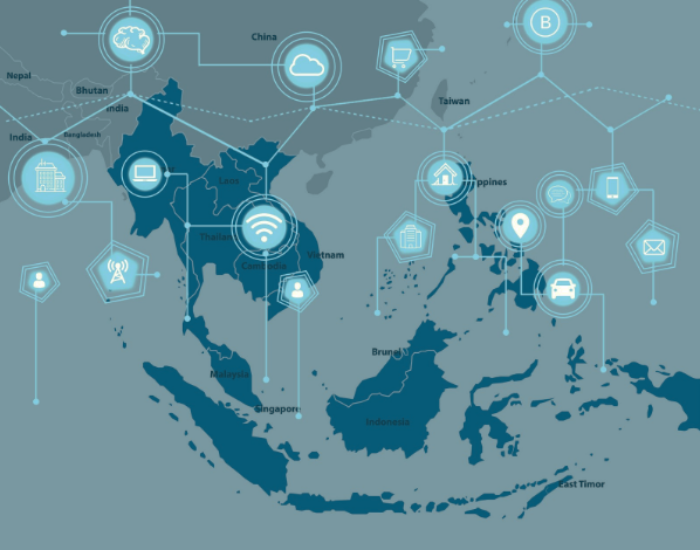The Edge Cloud and IoT revolution may be taking the global IT industry by storm, but it’s South East Asia that’s expected to see maximum action. IDC has even predicted Asia to be the ‘frontline’ for the IoT market in 2020.
These estimates aren’t surprising – Asia has, for a while now, been eyeing edge computing with interest. In a regional study conducted by Vertiv, 40% of all respondents had exhibited a comprehensive understanding of the edge computing concept, while 33% already had adequate infrastructure to begin implementation.
Since then, numbers have only grown steadily. As 5G deployment occurs on larger scales across the entire region, demand for edge computing and IoT devices is expected to skyrocket.
Moving To The Edge Cloud: What Will South East Asia Need?
Comprehensively constructed design and deployment will be key to achieving mainstream edge adoption for the region. An edge cloud architecture, by virtue of being distributed by design, is an additional layer of complexity that demands serious considerations throughout the building and resource procurement stages.
These edge clusters will often find themselves deployed in remote regions, not just in terms of internet connectivity, but also in areas with erratic power supply, commuting challenges, and more. It is in these conditions that they will be expected to perform with maximum uptime, least maintenance requirements, while remaining a low cost option.
Unsurprisingly, this scenario demands that an edge setup be of high quality, promising durability and reliability on the level of, if not better than, larger conventional data centers. Naturally, this calls for high testing standards.
The need for local talent and skilled professionals to spearhead these initiatives also remains an important aspect to address and manage. Their ability to remotely manage edge cloud setups, perform maintenance, and repairs, is a key ask.
Of course, there may be regulatory hurdles to address. Nations globally are taking a stance on data privacy and storage, with many putting out their own laws on how data may be transmitted across borders, where it may be stored, and governing on the privacy implications for consumers.
Having said that, there is some apprehension on the anticipated demand from the consumer end as well. Metaswitch CTO Martin Taylorm agrees, pointing out the presence of unanswered questions. Organisations may want to proceed with caution.
While all this makes the sector a challenging bridge to cross, the opportunities on the other end are promising and lucrative. Zero latency, significantly improved speeds, lowered costs, and the consequent potential for rapid scalability – SEA enterprises are rightfully aligning themselves in a direction for the future.
“Now, there’s a bunch of different industries that can potentially benefit from these edge computing abilities, many industrial use cases, video analyses and robotics, just to name a few,” Taylorm said. “The gaming industry can potentially benefit from low latency and access to functions that can support virtual reality and augmented reality.”
The South East Asian markets are fairly clear – edge computing is their platform of choice, and 2020 is all set to demonstrate this in terms of adoption, penetration and applications. There’s considerable value to be added, and the market isn’t going to be left napping.

Kshitish is a ‘startup expert’ and has been involved with early stage startups, seeing various phases of growth, for more than 15 years. A specialist in Product Management, User Experience, Technology and Product Growth/Strategy, Kshitish is a seasoned entrepreneur with deep expertise in building enterprise products and horizontal/vertical SaaS. Kshitish did his PG in Product Design from NID, Ahmedabad.

